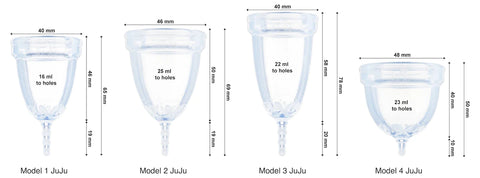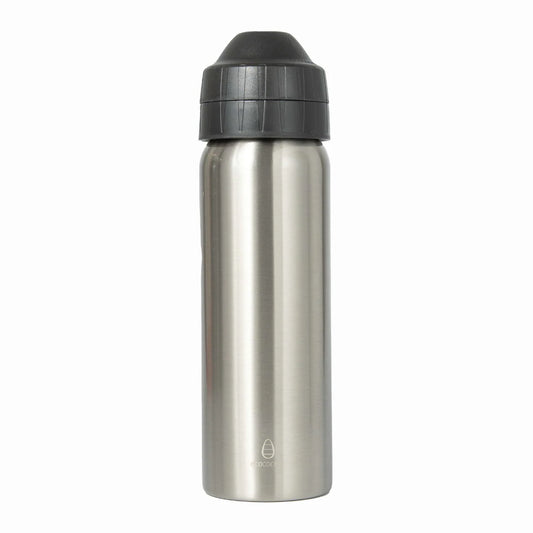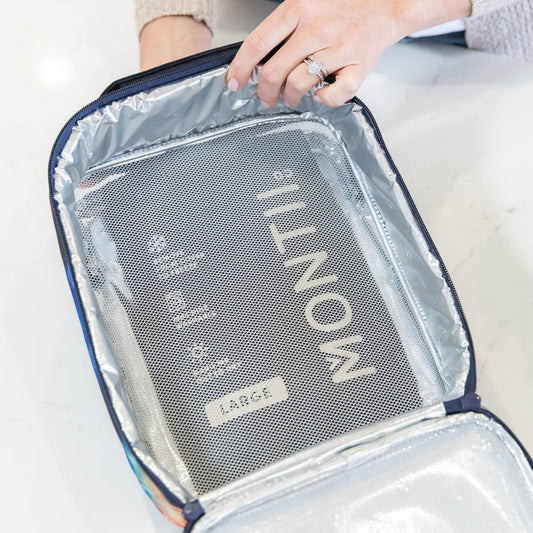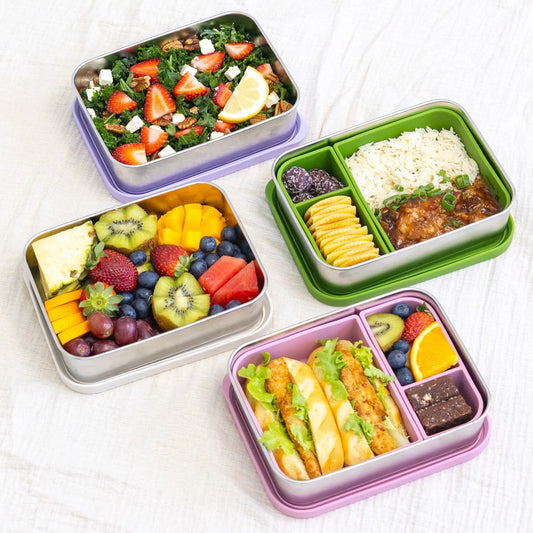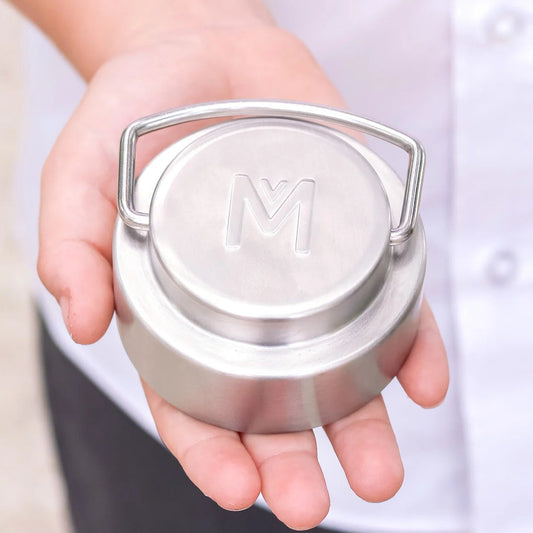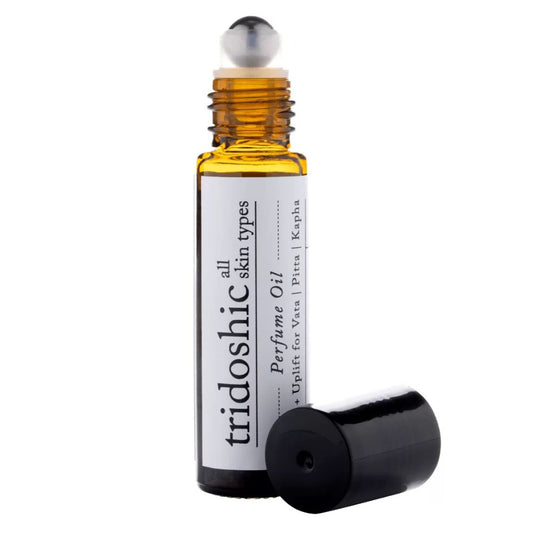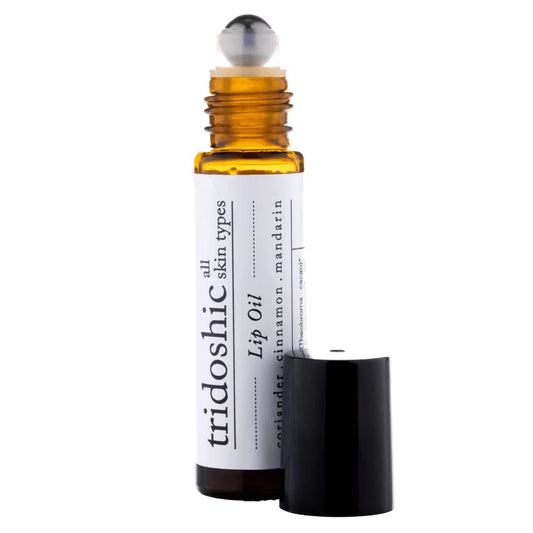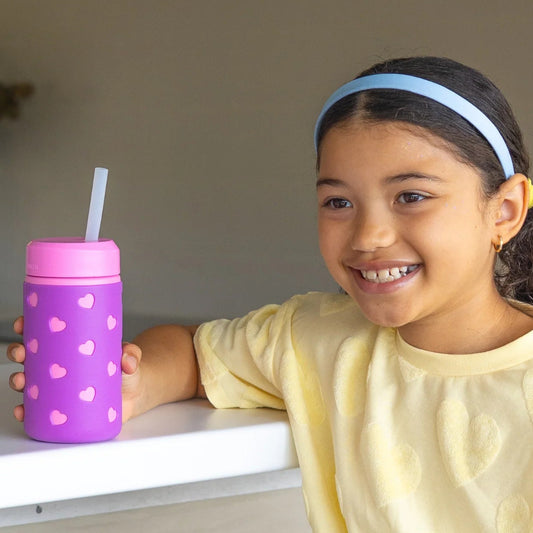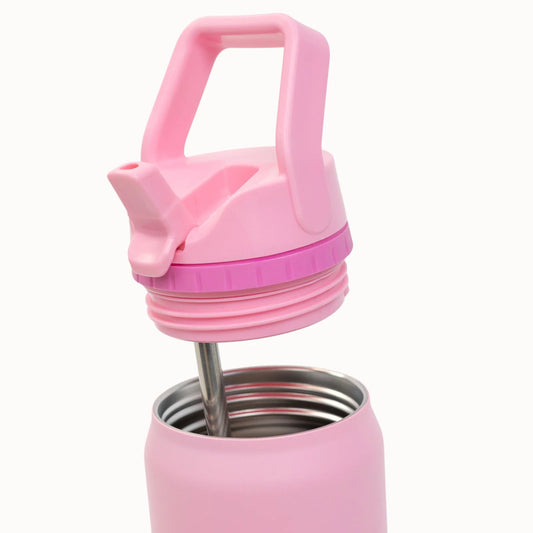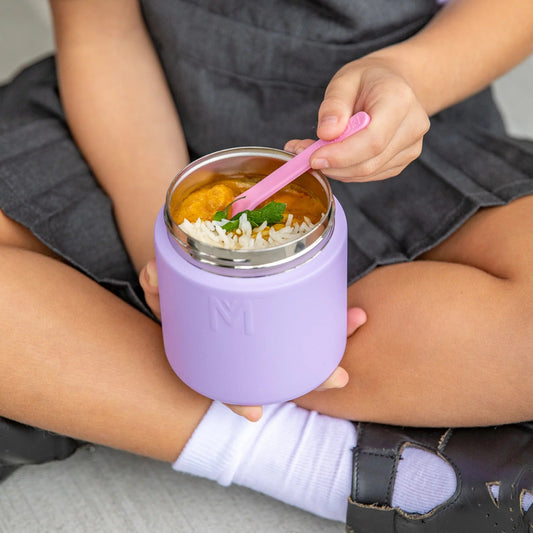Have you ever considered the environmental impact of your period? It's not something we talk about much. In fact, the stigma around menstruation has, in part, led to the success of disposable one-use pads and tampons - women are encouraged to keep everything to do with periods hidden and to dispose of it secretly. As you step through ways in your life that you can reduce waste, menstrual care is one area you may not have thought about yet.
How do menstrual products affect the environment?
The average woman menstruates for 40 years and it is estimated she will use between 9,600 and 11,000 tampons in her lifetime. More than 660 million disposable feminine products end up in landfill every year, in Australia alone. It is of course, not just the pad or tampon itself is not sustainable - plastic applicators, tampon sleeves and pad packaging all add up to the many tonnes of waste that is produced by these products.
It takes a tampon or pad centuries longer to degrade in landfill than the lifespan of the woman who used it, particularly when wrapped in a plastic wrapper or bag.
And of course, the process of manufacturing these products – turning wood pulp into soft, cotton-like fibres – requires significant chemicals and resources, placing a heavy burden on our natural environment.
The impact on our environment doesn't end there - as Evelyn Gabrielle O'Rourke explained in her essay on the environmental outcomes of disposable menstrual products, sewer systems, when first implemented, were not designed to cope with the nature and amount of waste generated by sanitary products. They can cause blockages in the pipes, leading to sewage overflows, which create a significant threat to human and animal populations along the waterways by increasing the bacterial content of the water-body.
We all do our best with what we can manage, but taking some steps to create less waste from menstrual products will help you feel more empowered and happy about caring for the planet and precious resources.
How do menstrual cups work?
Menstrual cups are made of medical-grade silicone - which is a safe and hypoallergenic material. To use, you just fold and insert like a tampon; the cup creates a suction, collecting fluid and preventing leaks. Menstrual cups collect fluids rather than absorbing them, keeping you naturally lubricated and healthy. You empty it rather than change it, wash it, and reuse it. There are many benefits of using a period cup.
Here are 5 reasons that will make you feel great about making the more sustainable switch from disposable period products to a menstrual cup.
1. Reusable menstrual cups are the most eco-friendly choice
One of the most successful ways to reduce waste from sanitary products is to opt for a reusable product, like menstrual cups. They are simply washed and reused, and, with proper care, can last for several years.
2. Menstrual cups are safe and promote good health
Most conventional tampons and pads contain various chemicals and synthetic ingredients, the health risks of which remain unknown. Campaign for Safe Cosmetics cites potential risks such as exposure to dioxins, pesticides, bleach and chemical fragrances. And tampons and pads have other associated health risks, from Toxic Shock Syndrome to dryness, irritation or in the case of pads, outbreaks of vaginal candidiasis or cystitis. Because menstural cups collect fluids rather than absorbing it, they don't disrupt the vagina's lubricating ability, or interfere with the natural process of shedding menstrual blood, dead cells, and bacteria. The cups stocked at Biome are also hypoallergenic and latex-free.3. Period cups work - no leaks!
Menstrual cups or period cups are not a new invention, they have actually been around since the 1930s, though back then they were made with hard rubber rather than soft, high quality silicone of today's variety. Silicone actually softens with body heat, allowing the cup to form to your body. Most menstrual cups hold one full ounce of liquid (30 ml), allowing you to wear it for up to 12 hours a day, depending on your flow. Menstrual cups can be used while playing sport or worn while you sleep. While menstrual cups, when inserted properly, can be extremely effective, it might be necessary to also wear reusable pads on heavy flow days or wear a pair of the increasingly popular period underwear.
4. A menstrual cup saves you money and gives peace of mind
While menstrual cups may be a larger one-off investment than a box of organic tampons, the fact that you don't have to re-purchase every month will see you saving significant money in the long run.
Similarly, you will never have to worry about running out of pads or tampons, or being caught unaware if your period is early. In fact, if you have a regular period, it is usually safe to wear a menstrual cup in the day's leading up to your period, to avoid spotting.
5. A menstrual cup is easy to use and clean
Some people are put off by menstrual cups because they look difficult to use or because of the "ick" factor. Menstrual cups are no harder to insert than a non-applicator tampon and there are many resources, diagrams and videos online that take you through the insertion and removal process.
Make sure you familiarise yourself with the right technique before you use. It usually only takes a cycle or two before you are inserting and removing your menstrual cup without a second thought.
As for the "ick" factor, menstrual cups are surprisingly clean. Once removed, it's a simple matter of rinsing out with clean water and a mild unscented water-based soap. You also don't have to worry about odour - menstrual flow only begins to develop a smell when it is exposed to air and since menstrual cups are worn internally, this is not a problem.
Buy Juju cups
Buy OrganiCup
Buy Lunette menstrual cups
When you are ready to consider a menstrual cup, we have a great Guide:
How to Choose the Right Size Menstrual Cup Size for You
MORE READING


